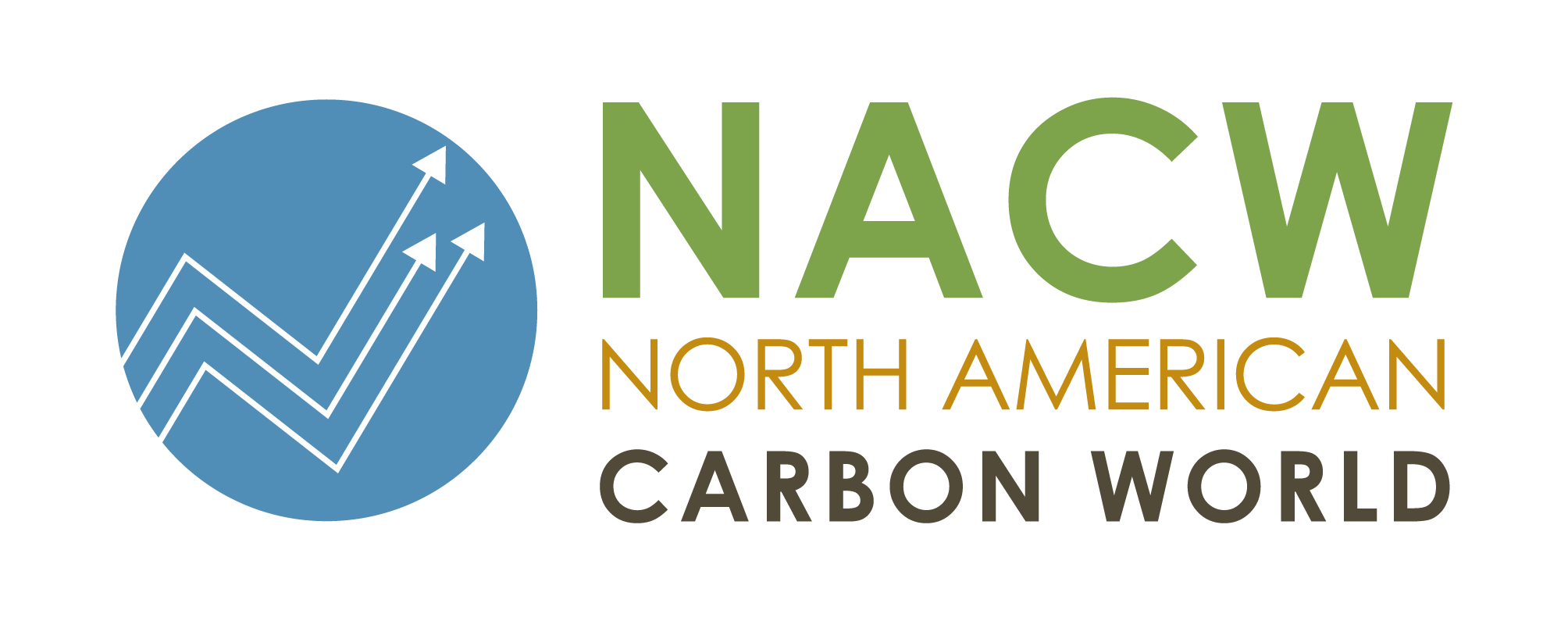RFP to develop issue paper on bioreactors and in-situ composting now available – proposals due July 28, 2011
Reserve Board of Directors meeting scheduled for June 29
Public comment period open for draft Organic Waste Digestion Project Protocol Version 2.0 – public webinar on May 19
Public comment period open for draft U.S. Landfill Project Protocol Version 4.0 – public webinar on May 20
Agriculture expert Cynthia Cory joins Climate Action Reserve Board of Directors
New Board seat strengthens relationship between agriculture industry and carbon market
LOS ANGELES, CA – The Climate Action Reserve, North America’s largest and fastest growing carbon offset registry, announced that Cynthia Cory, Director of Environmental Affairs for the California Farm Bureau Federation, has been elected to its Board of Directors. Ms. Cory’s seat on the Board expands the Board’s areas of expertise to cover the agriculture industry and brings a perspective that is expected to be especially valuable as the Reserve continues development of new standards for reducing greenhouse gas (GHG) emissions in the agriculture sector and bringing the farm community into the carbon market.
“Ms. Cory is very highly regarded in the agriculture community both here in California and nationally. I am extremely honored to welcome her to the Reserve Board of Directors. She adds tremendous depth and diversity to the Board, and her experience, knowledge and unique perspective will be invaluable as we continue our work in setting high quality standards for reducing greenhouse gas emissions,” said Linda Adams, Secretary of the California Environmental Protection Agency and Chair of the Climate Action Reserve Board of Directors.
During her twenty one years with the California Farm Bureau Federation, Ms. Cory has worked on a wide variety of state and national agriculture issues. Currently, her focus is air quality and climate change, and she also works on biotechnology and invasive species/pest prevention, eradication and control issues. Before joining the Farm Bureau, she worked for several private and public organizations on short- and long-term agronomic research projects throughout Africa.
“I am grateful for this opportunity to provide an agricultural perspective to the Board discussions and review process. All Reserve protocols are based on high standards and scientific rigor, but it is important in dealing with a living agricultural system that growers can incorporate GHG reducing practices into their operations in as cost-effective and practical manner as possible while continuing to produce a diverse and beneficial supply of agricultural products. I want to see the ongoing Reserve agricultural protocol work proceed in a timely and cohesive manner,” said Ms. Cory.
Please visit the Climate Action Reserve website to learn more about the organization and its Board of Directors.




